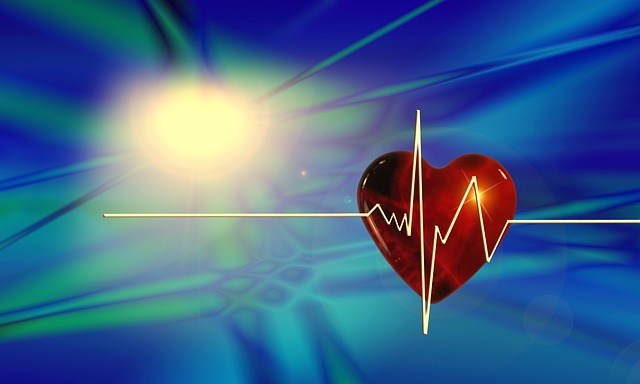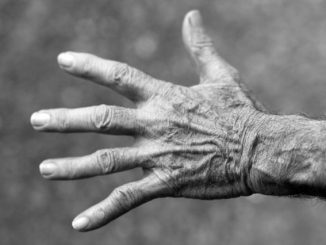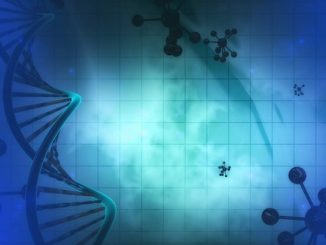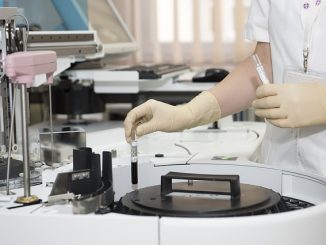
In a stroke of pure serendipity, scientist Mark Martindale of the University of Florida (also the director of the Whitney Lab for Marine Bioscience) discovered heart cell-forming genes in the unlikeliest of creatures — the heartless and muscle-less sea anemone. Specifically, the genes were found in the sea anemone’s gut.
It’s an amazing discovery in itself. What makes it even more interesting is the fact that a sea anemone is quite distinctive for having the extraordinary ability to regenerate. So if you cut a piece of it, the piece will simply grow back and form into a brand new animal.
The big question is: why and how is the sea anemone able to regenerate? Martindale and his colleagues may have found a possible explanation. And it has to do with the way genes communicate with each other, and something called ‘lockdown loops’.
Vertebrates and flies seem to have heart genes that generate these so-called ‘lockdown loops’ and once activated, the genes tell each other to stay in an animal’s cells during its entire lifetime. Essentially, this means an animal whose genes have this lockdown feature turned on can neither grow new heart parts nor use their heart cells for other functions. Or simply — once a heart cell, always a heart cell. We humans have this lockdown on too, which is why we too cannot unfortunately regenerate body parts.
With sea anemones this is different as the ‘lockdown loop’ is non-existent. Which is why this finding suggests that there must be some kind of mechanism that keeps cells from limiting themselves into becoming specific kinds of cells. In other words, there’s got to be something telling them to turn into the kind of cells needed by the sea anemone, like those needed to regenerate lost or missing body parts.
Additionally, the study also supports the belief that the definitive muscle cells found in most animals emerged from a bifunctional gut tissue that had both absorptive and contractile features. And even though the sea anemone’s gut tissue doesn’t look anything like a beating heart, similar with the digestive system of humans, it does contract slowly and rhythmically.
According to Martindale, the first animal muscle cells were probably quite heart-like and that ‘these genes have been around a long time and preceded the twitchy muscles that cover our skeleton’. If we can find out more about how the heart cell-forming genes communicate with each other, it could lead to the development of techniques that can someday make regeneration possible in humans.
As Martindale said: “Continued research could one day allow scientists to coax muscles cells into regenerating different kinds of new cells, including more heart cells.”
The research was recently published in the journal Proceedings of the National Academy of Sciences.
- Bulenox: Get 45% to 91% OFF ... Use Discount Code: UNO
- Risk Our Money Not Yours | Get 50% to 90% OFF ... Use Discount Code: MMBVBKSM
Disclaimer: This page contains affiliate links. If you choose to make a purchase after clicking a link, we may receive a commission at no additional cost to you. Thank you for your support!




Leave a Reply